In a vast laboratory outside Cambridge, an astonishing “biological computer” is taking shape. 200,000 human brain cells, grown in a lab, sit on silicon circuits, transmitting synchronized electrical activity to a screen for the outside world .
CL1, about the size of two shoe boxes, was developed by Cortical Labs — a Melbourne, Australia-based company that is working to create “synthetic biological intelligence” (SBI) — a new form of computing that could offer potential far beyond conventional electronics and other emerging technologies like quantum computing.
Biocomputer powered by living brain cells
“Like our brains, biocomputers will consume many times less energy than conventional electronics when processing information. Future applications could include robotics, security and the metaverse,” Hon Weng Chong, CEO of Cortical Labs, told the Financial Times.
The search for alternatives to conventional, energy-hungry electronics has sparked the new field of biocomputing. The idea behind this device is to tap directly into the intelligence of brain cells, rather than emulating it in silicon through “neuromorphic” processing and AI.
Initial applications of CL1 are being applied in neuroscience and pharmaceutical research, helping to explore how different chemicals and drug candidates affect brain cell information processing.
Inside the CL1 biocomputer, human neurons grow on silicon circuits. Photo: Financial Times. |
“The next stage of innovation will create new and more advanced forms of computing beyond conventional AI systems. It uses the same processors called neurons — which are the basis of intelligence in living organisms,” Chong added.
Meanwhile, for Mark Kotter, professor of clinical neurology at the University of Cambridge and founder of bit.bio, the significance of CL1 lies in the fact that it is the first “machine” that can reliably assess the computational power of brain cells.
Karl Friston, professor of neuroscience at University College London, who has also collaborated academically with some of the Cortical Labs scientists , said the device could be considered the first commercially available simulated biological computer.
“However, the real gift of this technology is not for computer science, at least for now. Instead, it is a technology that allows scientists to perform experiments on a small brain,” Friston commented.
Challenges and future prospects
Inside the CL1 system, lab-grown neurons are placed on a flat metal and glass electrode array. Here, 59 electrodes form the basis of a more stable network, giving the user a high degree of control over activating the neural network.
This SBI "brain" is then placed in a rectangular life support box, connected to a software system to operate in real time.
“The perfusion component acts as a life support system for the cells. It filters waste, controls temperature, mixes gases, and pumps to keep everything moving,” explains Brett Kagan, chief scientific officer at Cortical Labs.
In the lab, Cortical Labs is assembling boxes to build a first-of-its-kind biological neural network server stack. It contains 30 separate units, each with cells on its electrode array, and is expected to be online in the coming months.
Microscopic view of nerve cells growing on electronic circuits. Photo: Financial Times. |
The team’s current goal is to have four server racks available for commercial use via the cloud by the end of 2025. A rack of CL1 boxes uses only about 850-1,000 watts of power. Each box costs about $35,000 and doesn’t require an external computer to operate.
Another major problem, however, is that neurons can only survive for a few months in CL1, which is maintained by a constant flow of fluid to deliver nutrients and remove waste.
“One downside to a system like this is that we haven’t figured out how to transfer memory yet. Once the system dies, you have to start all over again,” Chong said.
Chong is also aware of ethical concerns that could arise in the future if biocomputers and neuron cultures develop the basic elements of consciousness.
"These systems are sentient because they respond to stimuli and learn from them. We will learn more about how the human brain works but we do not intend to create a brain in an aquarium," said the CEO of Cortical Labs.
Source: https://znews.vn/ben-trong-noi-tao-ra-may-tinh-chay-bang-te-bao-nao-song-post1565252.html



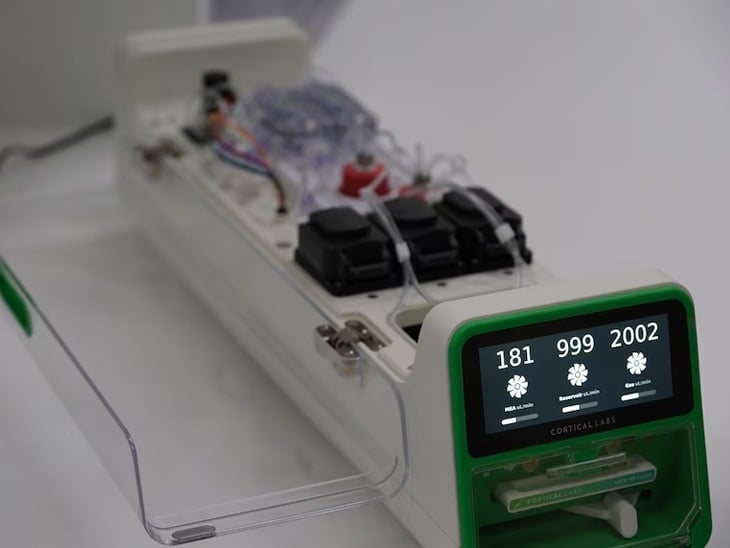
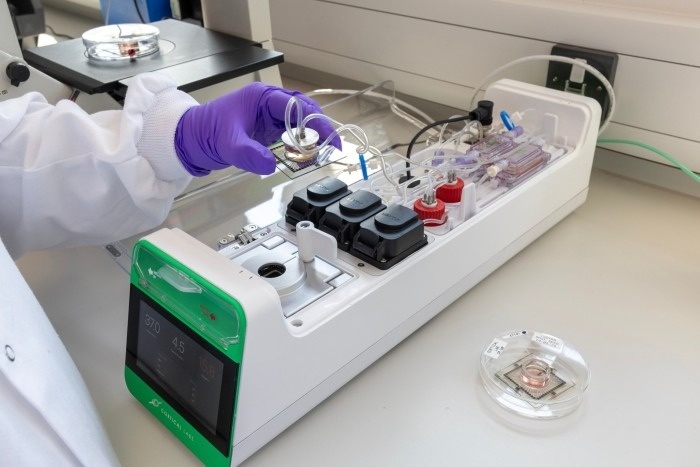
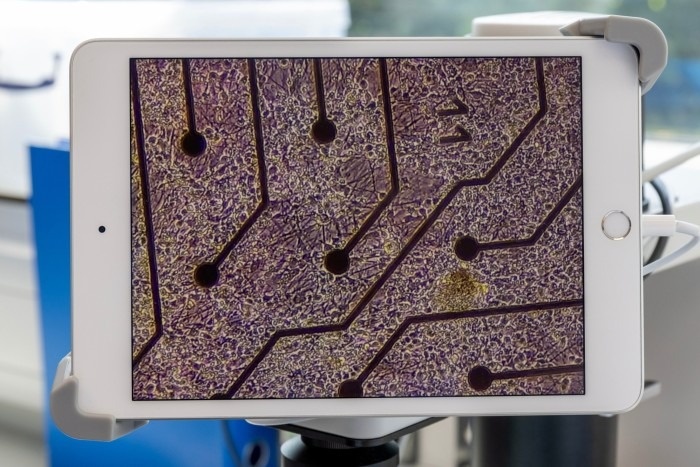

![[Photo] Amazing total lunar eclipse in many places around the world](https://vphoto.vietnam.vn/thumb/1200x675/vietnam/resource/IMAGE/2025/9/8/7f695f794f1849639ff82b64909a6e3d)





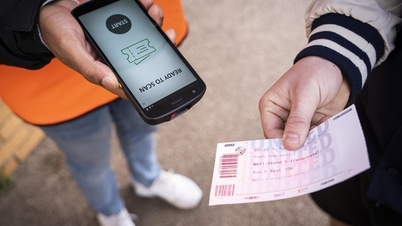




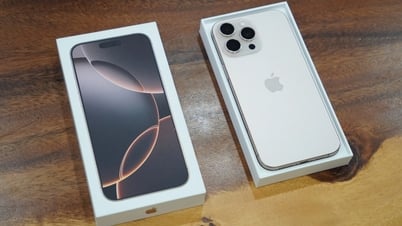

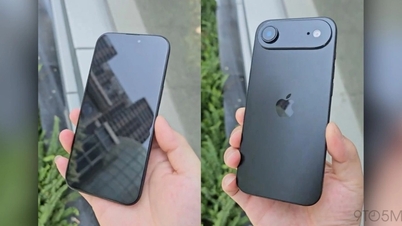

















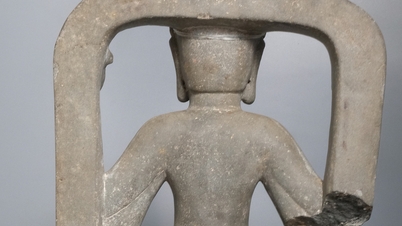


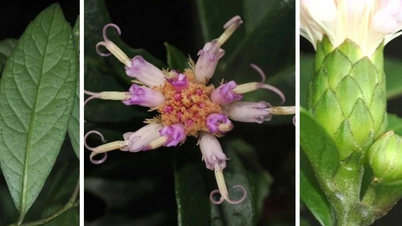




















![[Photo] General Secretary To Lam chaired the Politburo's working session with the Standing Committee of the Central Public Security Party Committee](https://vphoto.vietnam.vn/thumb/402x226/vietnam/resource/IMAGE/2025/9/8/c94b4e255b194b939a1c7301893f5447)

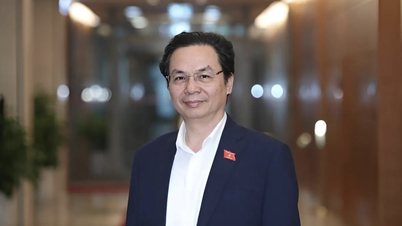





















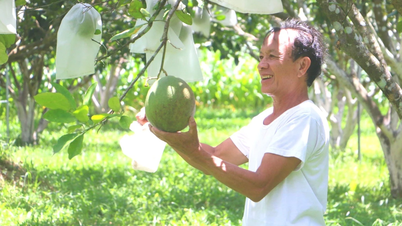










Comment (0)